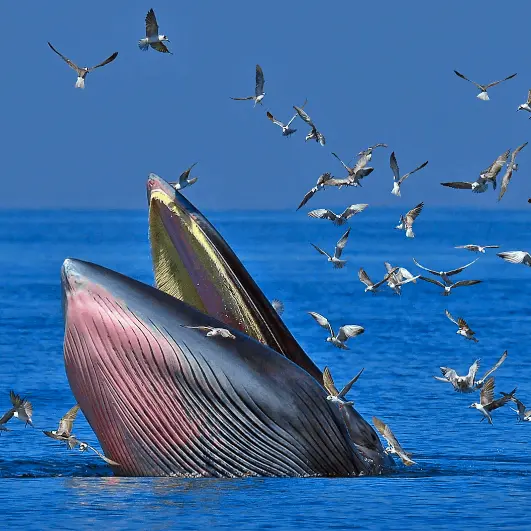
10 Fascinating Facts About Bryde’s Whales
The Sea of Cortez, known for its incredible biodiversity, is home to one of the ocean’s most mysterious and graceful residents — the Bryde’s whale (pronounced “BROO-dus”). Often overshadowed by their larger cousins like blue or humpback whales, these sleek baleen whales are a remarkable species to encounter in the wild. Here are ten fascinating facts about Bryde’s whales that highlight their unique place in the marine world.


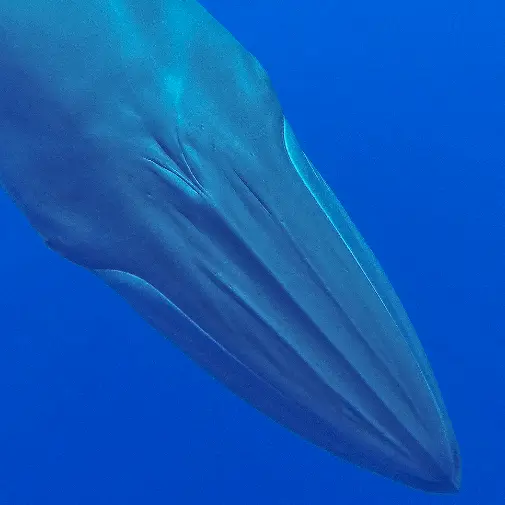
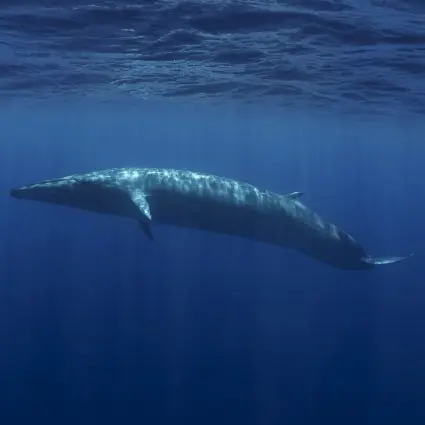

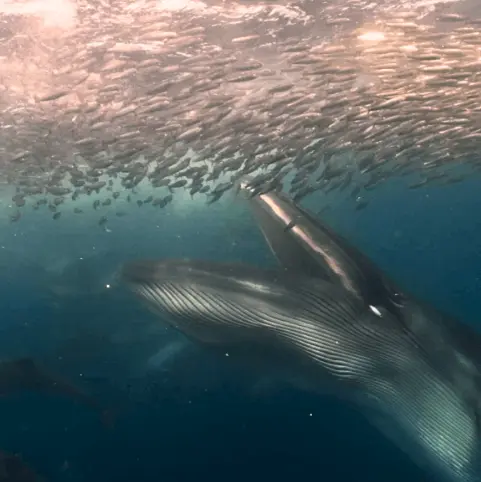


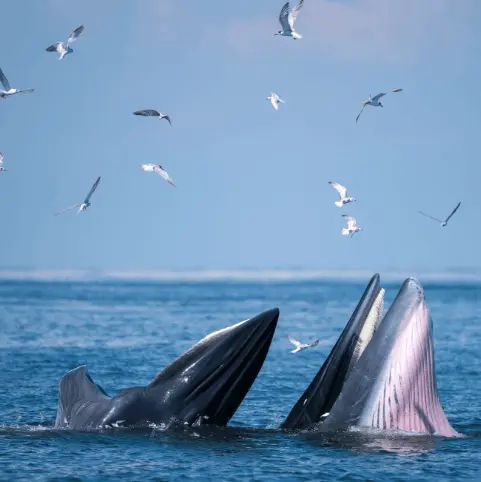

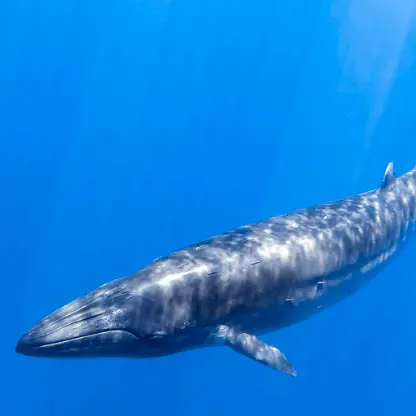
Follow Us